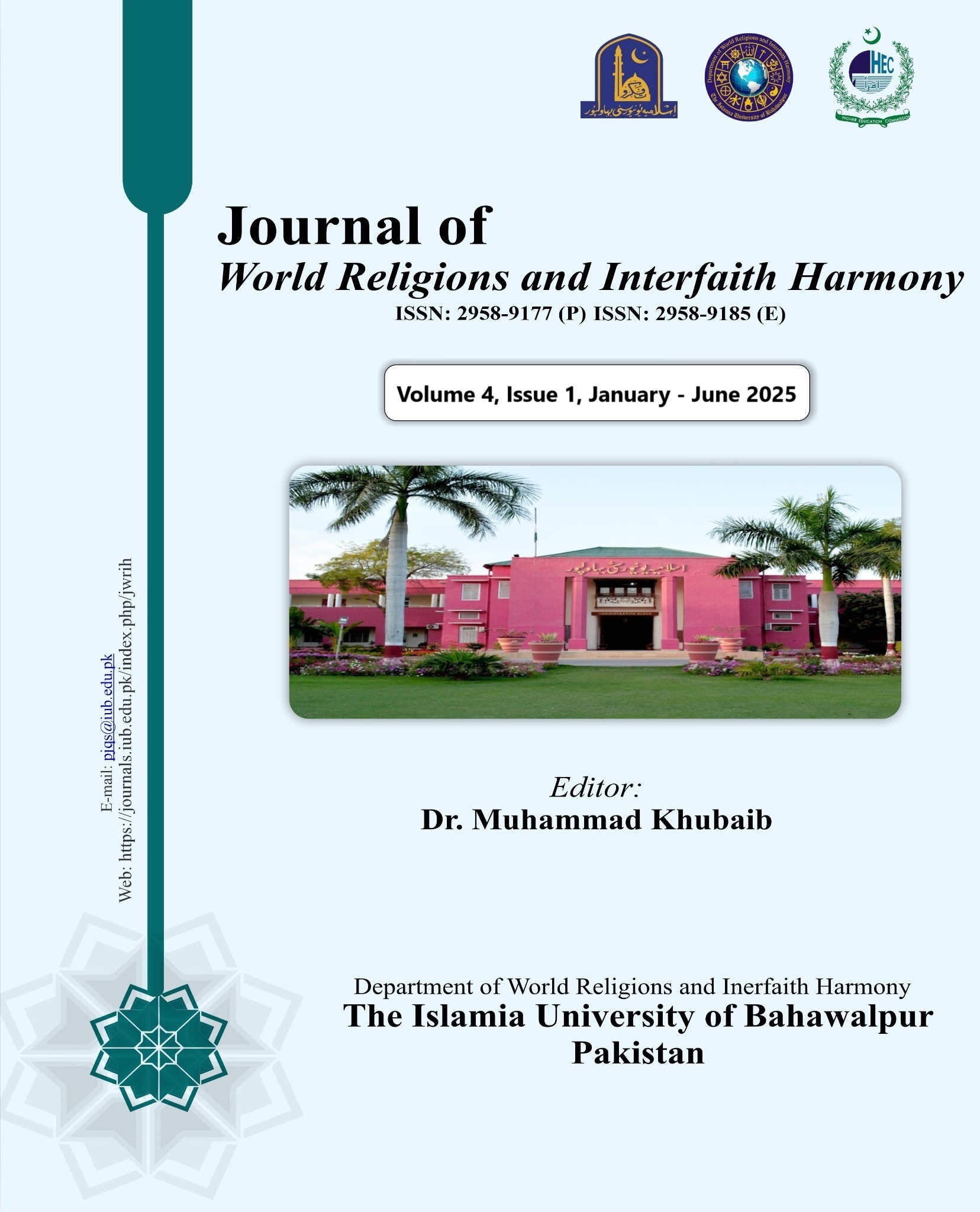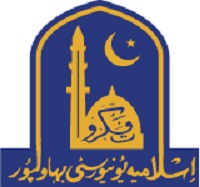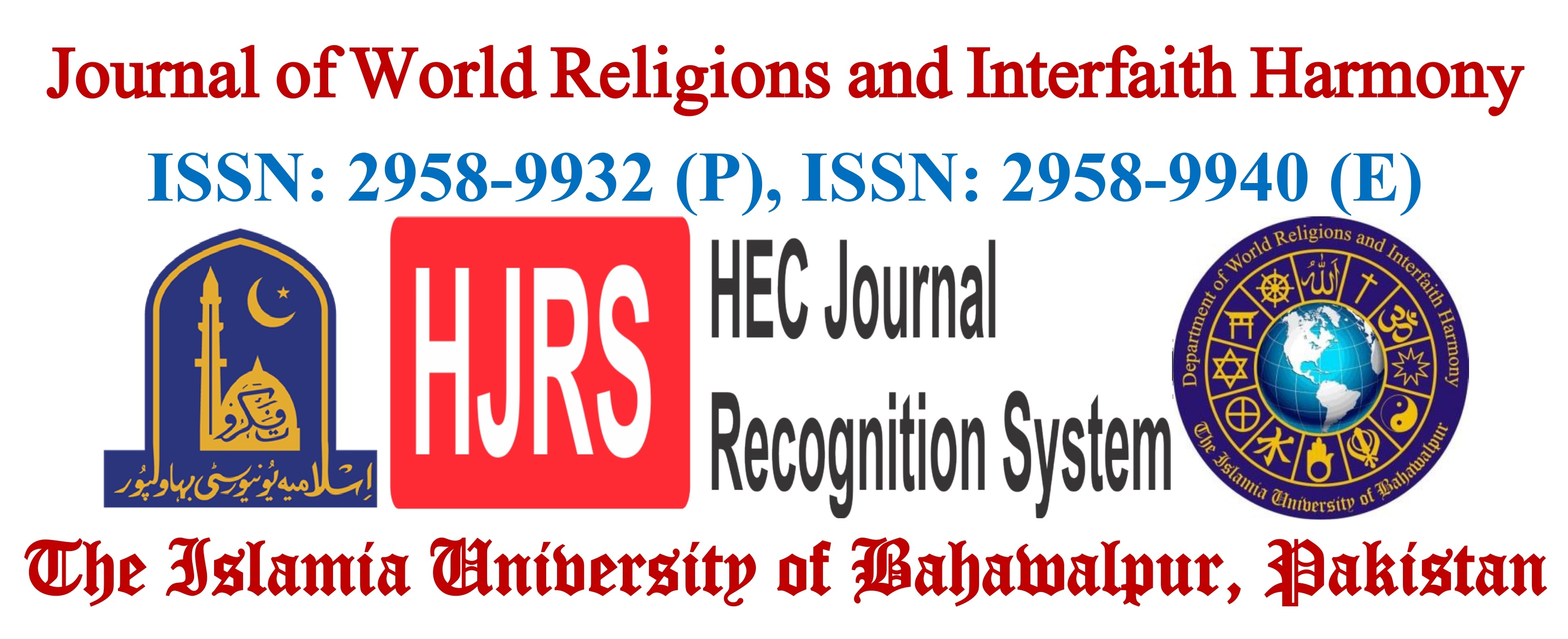Qur’anic and Prophetic Depictions of Ahl e kitab: A Thematic Study
Keywords:
Qur’an, Hadith, interfaith theology, Ahl al - Kitab, Islamic ethics, Abrahamic traditionsAbstract
Scripture-bearing communities (Ahl al- Kitab) primarily Jews and Christians hold a distinct position within Islamic theology and the wider interreligious framework. This research investigates how the Qur’an and Hadith literature describe these communities, focusing on the nuanced patterns of commendation and criticism found in Islamic sources. Through a thematic and analytical lens, the study explores the ethical, spiritual, and social characteristics attributed to adherents of earlier divine revelations.
Employing a qualitative methodology, this study draws upon classical Qur’anic exegesis (tafsir), authenticated Hadith collections, and modern scholarly interpretations. The research identifies multiple categories of description: moral virtues, theological deviations, historical interactions with prophets, and patterns of behavior in social and religious contexts. Key verses such as Qur’an 3:113–115 and 5:82–83 are analyzed, along with relevant Hadith reports from Sahih Bukhari and Sahih Muslim.
The findings reveal that the Islamic tradition offers a balanced portrayal of these communities acknowledging righteousness, justice, and devotion among some, while also highlighting deviation, arrogance, and rejection among others. This dual perspective serves both as a theological guideline and a basis for ethical conduct in interfaith engagement. The study concludes that a deep understanding of these portrayals is crucial not only for accurate theological insight but also for fostering respectful and informed coexistence in contemporary pluralistic societies.
Downloads
Published
How to Cite
Issue
Section
License
Copyright (c) 2025 Muhammad Waseem Arshad, Prof. Dr. Khalid Mahmood Arif

This work is licensed under a Creative Commons Attribution-NonCommercial 4.0 International License.






